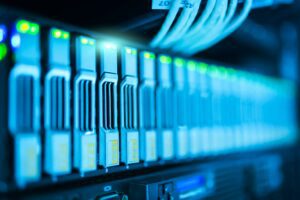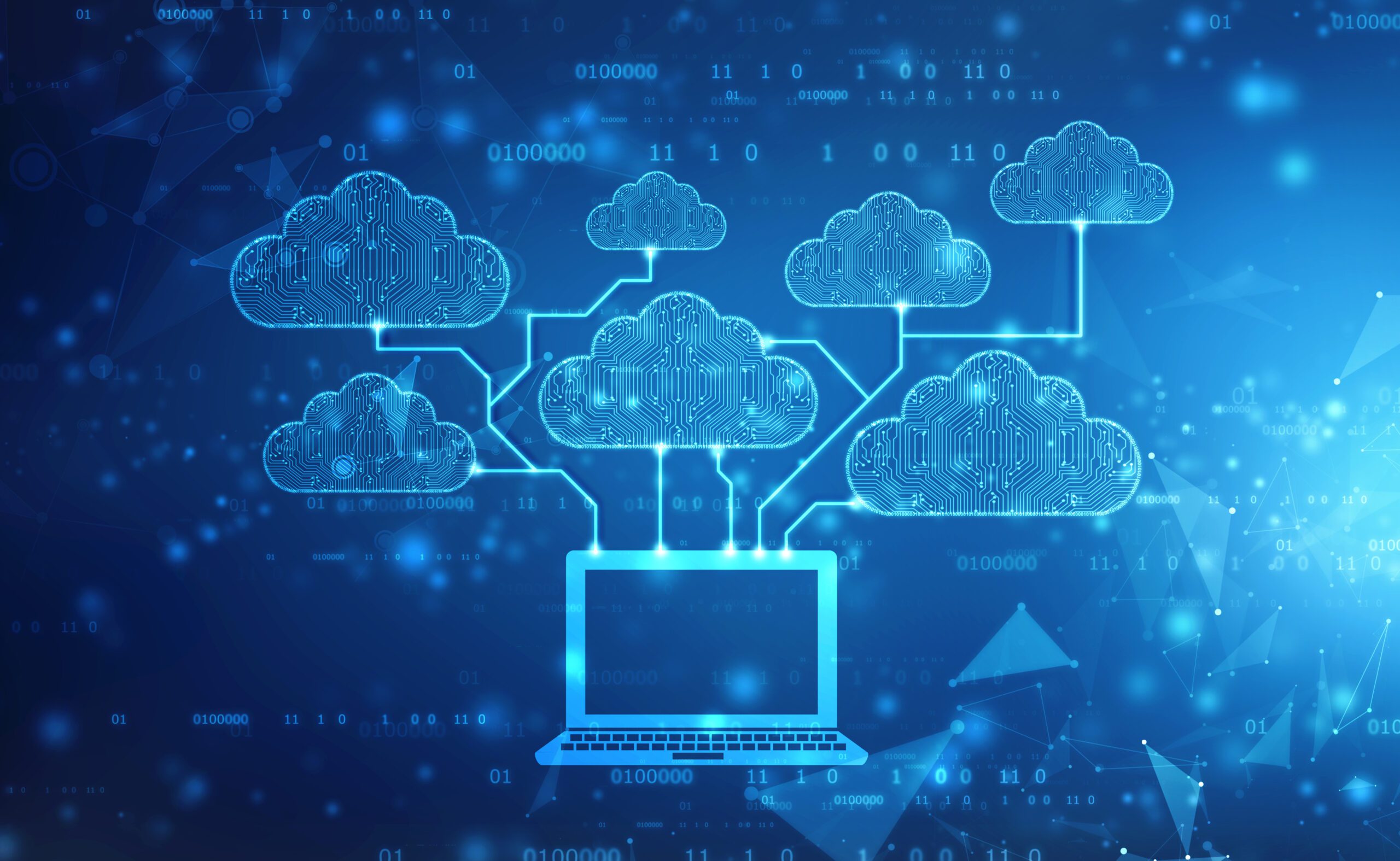Discover the differences between the two and pave the way toward improved efficiency.
Life sciences organizations process more data than the average company—and need to do so as quickly as possible. As the world becomes more digital, technology has given rise to two popular computing models: Cloud computing and edge computing. Both of these technologies have their unique strengths and weaknesses, and understanding the difference between them is crucial for optimizing your science IT infrastructure now and into the future. 
The Basics
Cloud computing refers to a model of delivering on-demand computing resources over the internet. The Cloud allows users to access data, applications, and services from anywhere in the world without expensive hardware or software investments.
Edge computing, on the other hand, involves processing data at or near its source instead of sending it back to a centralized location, such as a Cloud server.
Now, let’s explore the differences between Cloud vs. edge computing as they apply to Life Sciences and how to use these learnings to formulate and better inform your computing strategy.
Performance and Speed
One of the major advantages of edge computing over Cloud computing is speed. With edge computing, data processing occurs locally on devices rather than being sent to remote servers for processing. This reduces latency issues significantly, as data doesn’t have to travel back and forth between devices and Cloud servers. The time taken to analyze critical data is quicker with edge computing since it occurs at or near its source without having to wait for it to be transmitted over distances. This can be critical in applications like real-time monitoring, autonomous vehicles, or robotics.
Cloud computing, on the other hand, offers greater processing power and scalability, which can be beneficial for large-scale data analysis and processing. By providing on-demand access to shared resources, Cloud computing offers organizations greater processing power, scalability, and flexibility to run their applications and services. Cloud platforms offer virtually unlimited storage space and processing capabilities that can be easily scaled up or down based on demand. Businesses can run complex applications with high computing requirements without having to invest in expensive hardware or infrastructure. Also worth noting is that Cloud providers offer a range of tools and services for managing data storage, security, and analytics at scale—something edge devices cannot match.
Security and Privacy
With edge computing, there could be a greater risk of data loss if damage were to occur to local servers. Data loss is naturally less of a threat with Cloud storage, but there is a greater possibility of cybersecurity threats in the Cloud. Cloud computing is also under heavier scrutiny when it comes to collecting personal identifying information, such as patient data from clinical trials.
A top priority for security in both edge and Cloud computing is to protect sensitive information from unauthorized access or disclosure. One way to do this is to implement strong encryption techniques that ensure data is only accessible by authorized users. Role-based permissions and multi-factor authentication create strict access control measures, plus they can help achieve compliance with relevant regulations, such as GDPR or HIPAA.
Organizations should carefully consider their specific use cases and implement appropriate security and privacy controls, regardless of their elected computing strategy.
Scalability and Flexibility
Scalability and flexibility are both critical considerations in relation to an organization’s short and long-term discovery goals and objectives.
The scalability of Cloud computing has been well documented. Data capacity can easily be scaled up or down on demand, depending on business needs. Organizations can quickly scale horizontally too, as adding new devices or resources as you grow takes very little configuration and leverages existing Cloud capacities.


Another challenge with scaling up edge computing is ensuring efficient communication between devices. As more and more devices are added to an edge network, it becomes increasingly difficult to manage traffic flow and ensure that each device receives the information it needs in a timely manner.
Cost-Effectiveness
Both edge and Cloud computing have unique cost management challenges—and opportunities— that require different approaches.
Edge computing can be cost-effective, particularly for environments where high-speed internet is unreliable or unavailable. Edge computing cost management requires careful planning and optimization of resources, including hardware, software, device and network maintenance, and network connectivity.
In general, it’s less expensive to set up a Cloud-based environment, especially for firms with multiple offices or locations. This way, all locations can share the same resources instead of setting up individual on-premise computing environments. However, Cloud computing requires careful and effective management of infrastructure costs, such as computing, storage, and network resources to maintain speed and uptime.
Decision Time: Edge Computing or Cloud Computing for Life Sciences?
Both Cloud and edge computing offer powerful, speedy options for Life Sciences, along with the capacity to process high volumes of data without losing productivity. Edge computing may hold an advantage over the Cloud in terms of speed and power since data doesn’t have to travel far, but the cost savings that come with the Cloud can help organizations do more with their resources.
As far as choosing a solution, it’s not always a matter of one being better than the other. Rather, it’s about leveraging the best qualities of each for an optimized environment, based on your firm’s unique short- and long-term goals and objectives. So, if you’re ready to review your current computing infrastructure or prepare for a transition, and need support from a specialized team of edge and Cloud computing experts, get in touch with our team today.
About RCH Solutions
RCH Solutions supports Global, Startup, and Emerging Biotech and Pharma organizations with edge and Cloud computing solutions that uniquely align to discovery goals and business objectives.
Sources:
https://aws.amazon.com/what-is-cloud-computing/
https://www.ibm.com/topics/cloud-computing
https://www.ibm.com/cloud/what-is-edge-computing
https://www.techtarget.com/searchdatacenter/definition/edge-computing?Offer=abMeterCharCount_var1
https://thenewstack.io/edge-computing/edge-computing-vs-cloud-computing/




